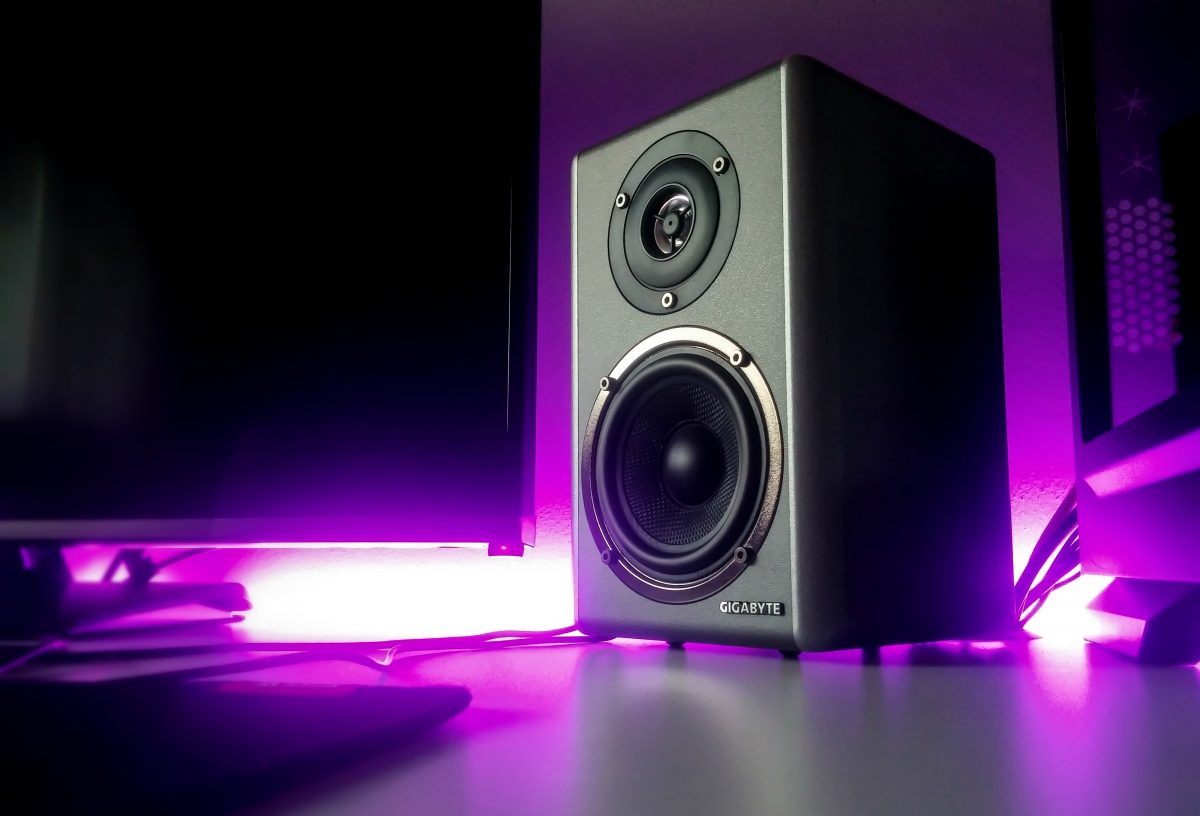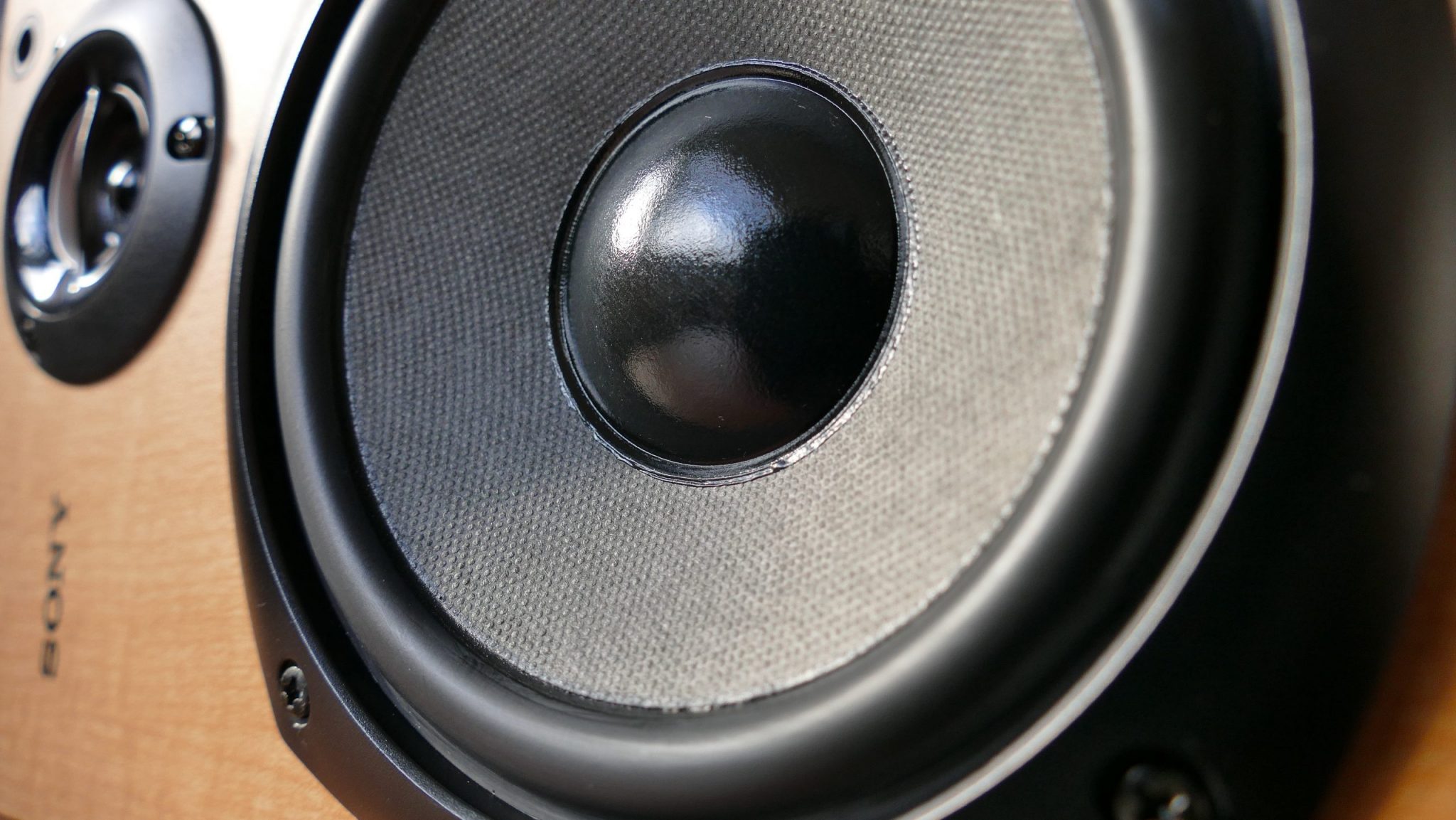Deciding to install speakers in your car can be a lot of fun and can allow you to listen to your favorite music much louder and with a lot more bass. Unfortunately, most in-built car speakers do not pack a punch, which is why they are so often replaced. Deciding to install speakers in your vehicle by yourself requires a little bit of research, however, as if you attempt to do it yourself without research you may cause damage to your vehicle, or the speaker. Many of the manufacturer’s instructions for the speaker will not show installation, rather just how to put the speaker together. The process is, providing you have done adequate research, quite easy, and can be done by anyone, notwithstanding technical experience or have done it in the past.
Here is how to install speakers in your vehicle by yourself.
Subwoofer
Deciding to install speakers in your car may not be necessary. You could, potentially, get a subwoofer for your car instead. Subwoofers are all in one stereo solution for bass, and although they are very compact and can fit quite easily into the back of your car, they offer bass that is unrivaled and just as good as any professional speaker system. They do not cost that much money compared to some speakers, and there is no amp to worry about either, which can save you a lot of time and money. Subwoofers are extremely loud, and for anybody who absolutely adores their music and is borderline fanatic about it, a subwoofer could well be for you. Subwoofers are easily found in any car-supply store and can be installed very easily by simply following the manufacturer’s instructions and guidelines. But, if you are adamant about installing car speakers, then forget this, and continue reading to find out how to install them in your car.
Pick a Speaker
The first stage of installing a speaker in your car is to simply pick a speaker. Picking a speaker is a difficult decision to make, and there are many things that must be factored into your decision. You must, first, be sure that it will fit in your vehicle, and secondly, be sure that it meets your specifications for sound and size. Picking a speaker should be done carefully, and you should not just frivolously pick one up without any research or planning.
Wattage
You must be sure that the wattage of your speakers corresponds with the wattage of your stereo, lest they not work. There is absolutely no point whatsoever. You must ensure that you do not add more speakers than there are channels, also, otherwise, you risk compromising your stereo, and the system will not sound good at all.
Dimensions
Speakers come in many different shapes and sizes, and as was mentioned in the introduction, you must buy speakers that fit your car. If they do not fit, there is little point in buying them, unless you are going to make adjustments yourself. You can, in fact, do this, but it may take some time. You can cut bigger holes and make room for your speakers, but at the same time, risk compromising the value of your car. Always check the dimensions out and make an educated decision toward what you are going to buy and decide whether or not you are going to make adjustments to your car yourself.
Panels
When you are ready to get started installing your speakers, take the panels off. Once the panels are off, you can make any modifications or adjustments that you need to make, or simply remove the existing speakers and put in the new ones. Before removing the factory speakers, you must be careful, as they could be attached to wiring, and if you pull the wiring out, you may not be able to install the new speakers. You should keep all of these intact, as if you want to sell the car in the future, you may have to reattach the original factory speakers.
Connect
Once you have installed the speakers, you must now connect them to the car’s electrical circuit. Usually, it’s just a matter of plugging the speaker wiring into the car’s wiring harness, however, sometimes this is not the case, and you are unable to do this. If this is the case, you may need to connect your speakers with a soldered or crimped connection. Be very careful when doing this so as not to cause damage to your car’s electrical system.

Now you know an alternative, how to pick, and how to install speakers inside your car. Installing speakers, with this guide, is no longer daunting, and rather, a walk in the park. Happy listening, people!


